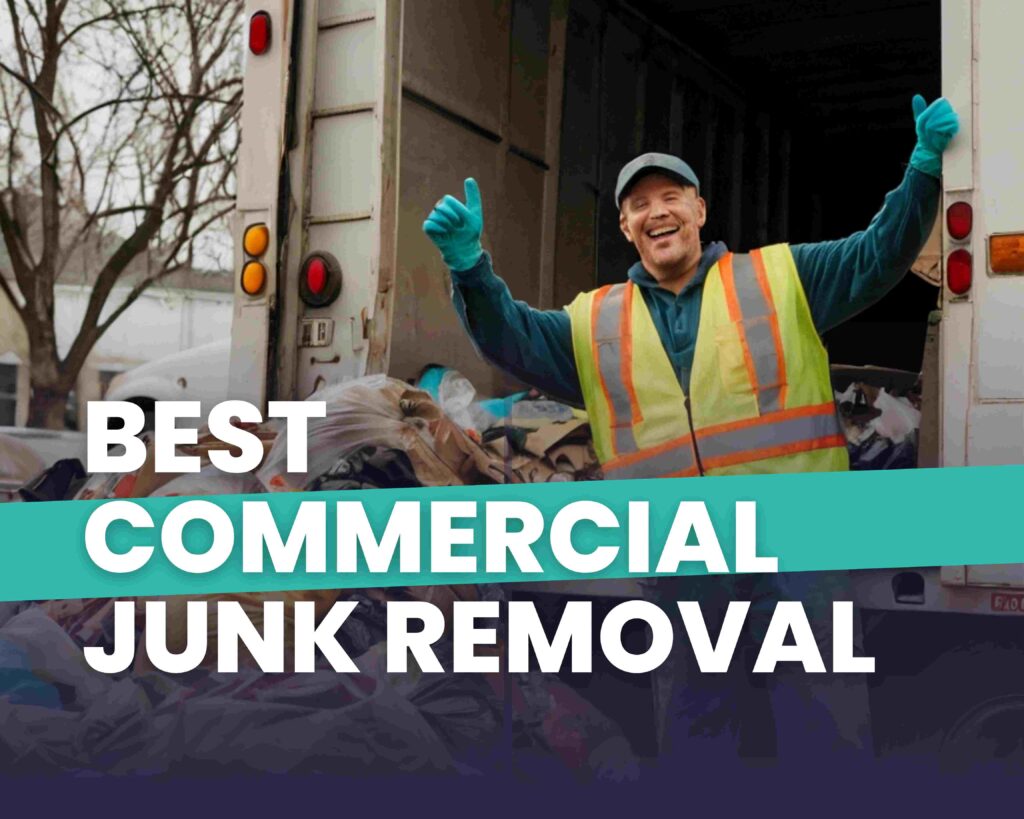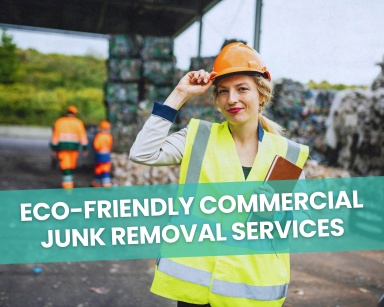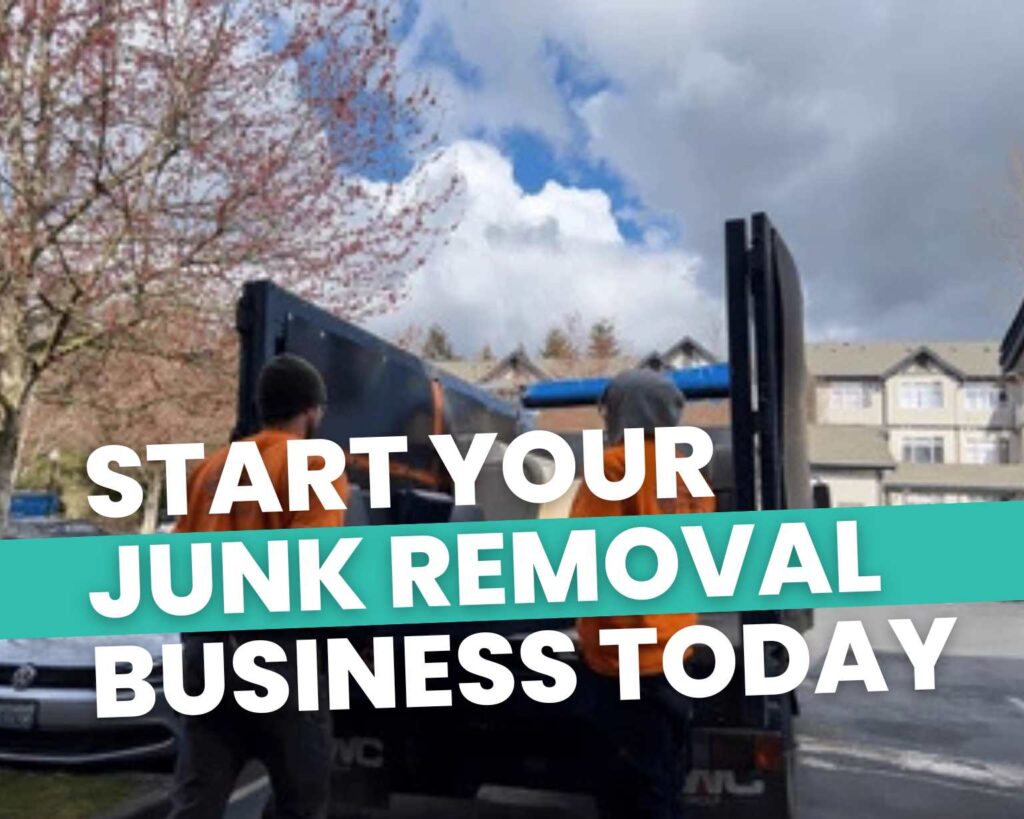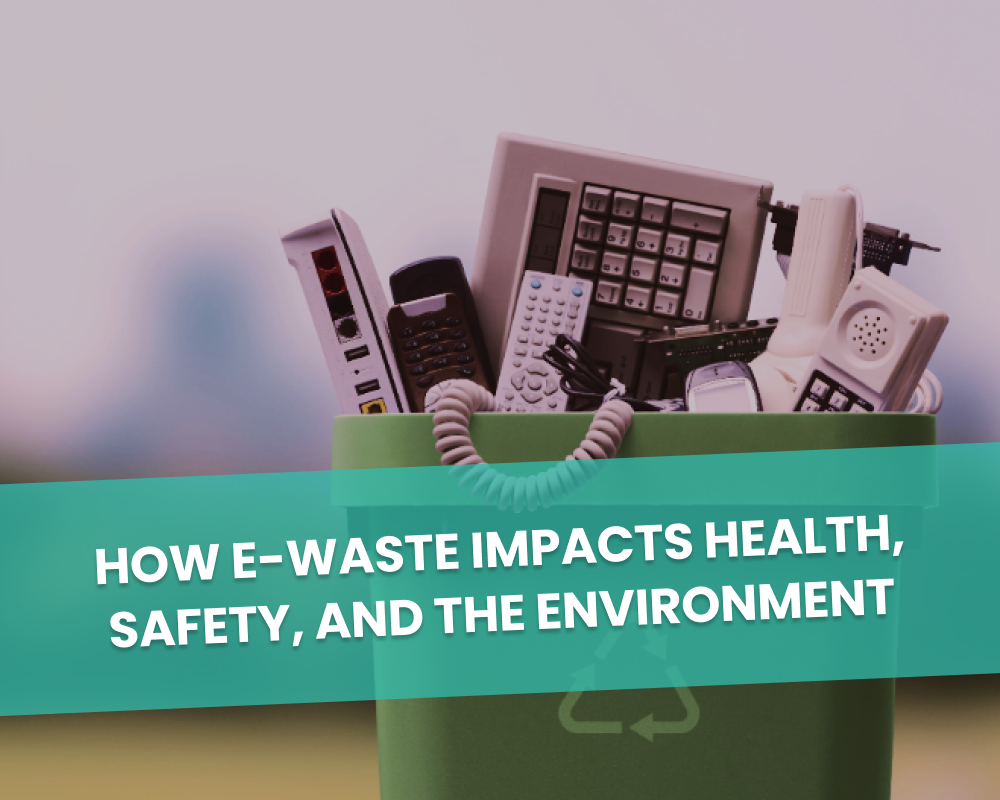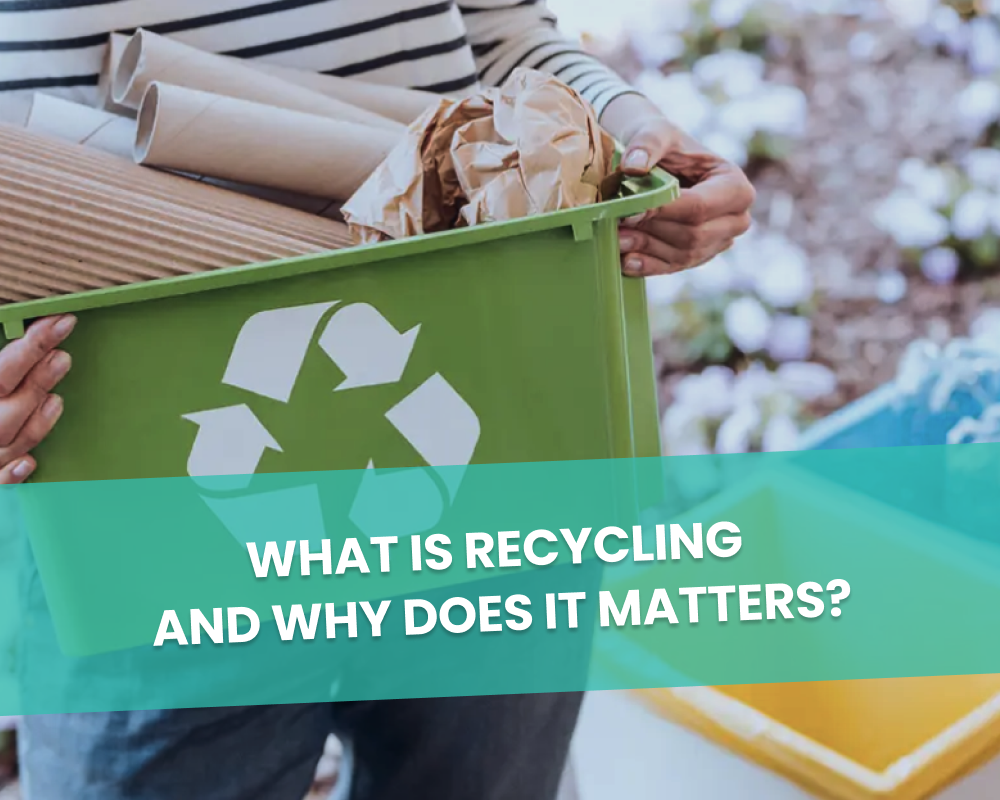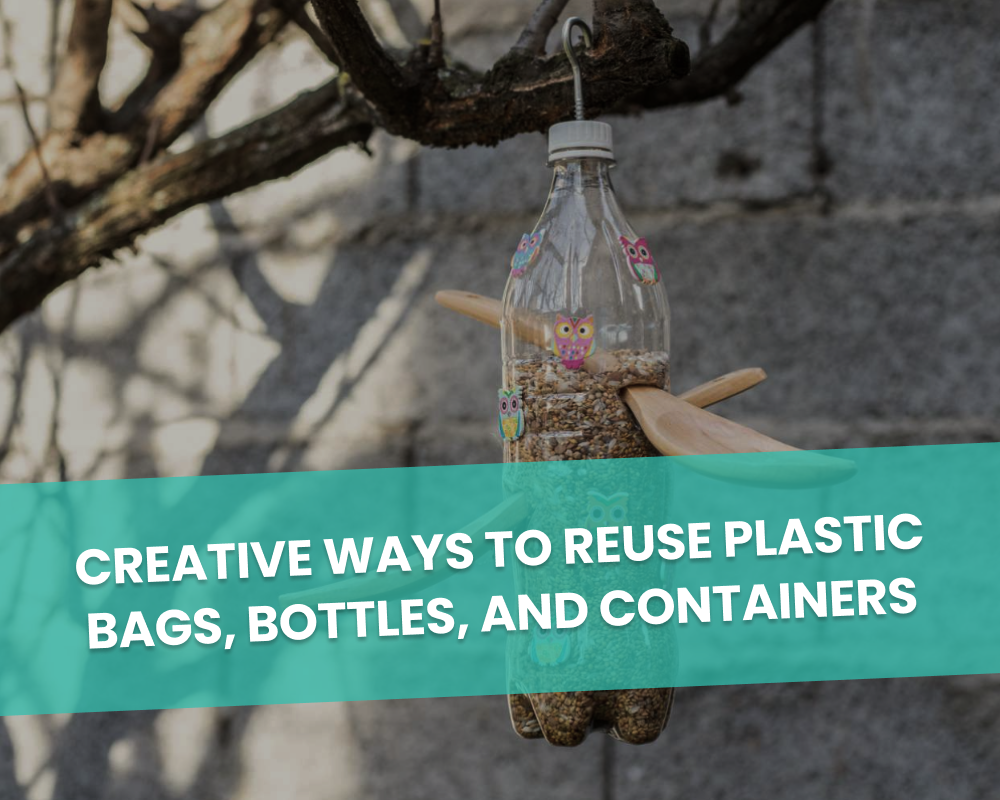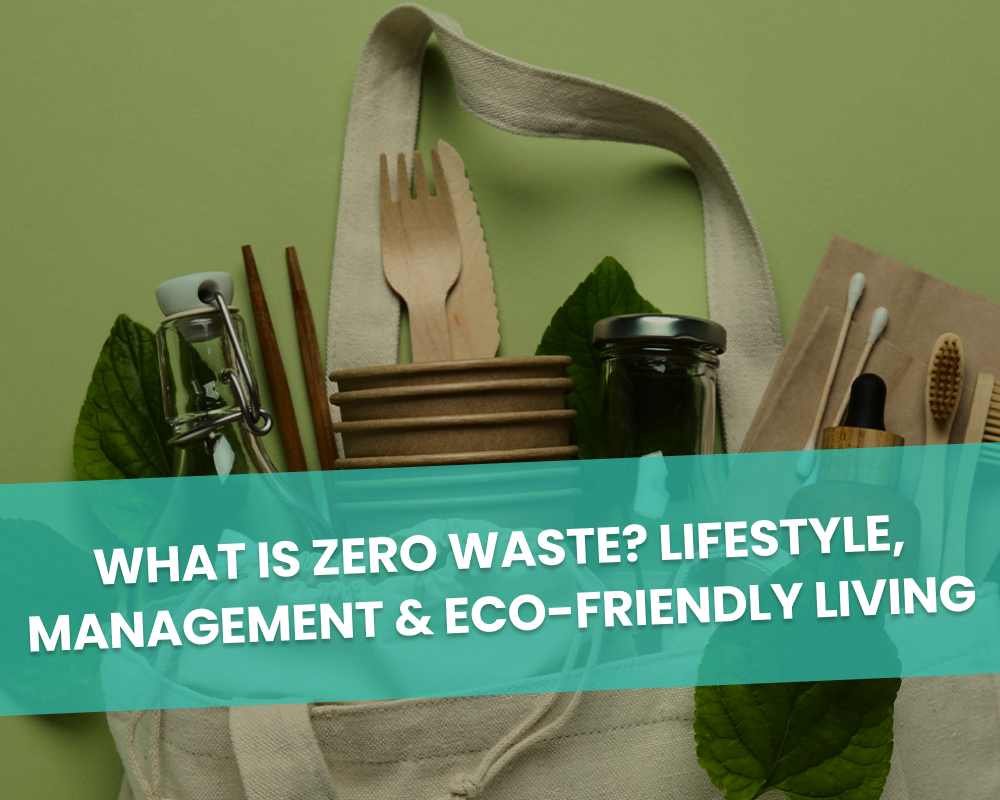What are the Guidelines for PPE Disposal? A Comprehensive Guide
A sea of discarded masks and gloves, enough to encircle our planet, is not a dystopian future but a startling reality. The term PPE disposal has catapulted from a niche concern to a global dilemma, with the Environmental Science & Technology revealing a jaw-dropping consumption of 129 billion face masks and 65 billion gloves every single month.
This isn’t merely a statistic, it’s a silent environmental crisis unfolding before our eyes, where every discarded piece of PPE echoes a potential threat to our ecosystems and a challenge that demands an immediate, sustainable response.
As we navigate through the remnants of a pandemic, the question isn’t just about how we will recover but how we will manage the colossal aftermath of PPE waste, ensuring that our recovery doesn’t birth another crisis.
This article shows the unspoken magnitude of the PPE disposal crisis and explores the path towards a solution that doesn’t just dispose but beneficially reuses, turning potential ecological disasters into opportunities for community support and environmental stewardship.
Table of Contents
The Current State of PPE Waste
The aftermath of the pandemic has left us with an environmental time bomb. With billions of PPE items discarded, our ecosystems are under threat.
- Statistics on PPE Waste: By 2023, the sheer volume of discarded PPE is overwhelming. The numbers, as highlighted by Environmental Science & Technology, are a testament to the scale of the challenge.
- Environmental Impact: PPE items, especially masks, can take centuries to decompose. During this time, they release microplastics and chemicals, posing a significant threat to marine life and terrestrial ecosystems.
The Global Perspective on PPE Waste
The pandemic’s global nature meant that the PPE waste challenge wasn’t confined to a single region. Countries worldwide grappled with the sudden influx of disposable masks, gloves, and gowns.
For instance, the United States, at the pandemic’s peak, used an estimated 45 million N95 masks per month, a significant rise from the typical usage of 25 million annually.
Similarly, countries like India and Brazil saw a tenfold increase in PPE usage, putting immense pressure on their waste management systems.
Traditional Methods of PPE Disposal
While traditional disposal methods served their purpose during the initial stages of the pandemic, their long-term sustainability is questionable.
- Communal Waste Areas: These areas have become hotspots for PPE waste, leading to potential cross-contamination, as emphasized by the World Health Organization.
- Infectious Waste Containers: Specialized containers, though effective, have their limitations, especially when dealing with the current volume of waste.
- Doffing Area Protocols: Ensuring safe removal of PPE is crucial. However, the guidelines provided by agencies like the CDC need to be more widely adopted and practiced.
- Closed-lid Waste Bins: While effective in containing pathogens, these bins are quickly reaching their capacity in many regions.
The Silent Threat to Marine Life
One of the lesser-discussed consequences of PPE waste is its impact on marine ecosystems. Discarded masks and gloves often find their way into oceans, posing a direct threat to marine life. Fish, turtles, and seabirds mistake these items for food, leading to ingestion, which can be fatal.
A study by the Ocean Conservancy highlighted that PPE waste could soon outnumber the annual plastic waste entering our oceans if not addressed promptly.
The Problem with Traditional Disposal
The traditional methods, though effective in the short term, are not equipped to handle the current scale of PPE waste.
- Environmental Concerns: Landfills are brimming with PPE waste. Microplastics from these items are now even being detected in remote oceanic regions, as highlighted by National Geographic.
- Economic Implications: The financial burden of managing this waste is escalating, with municipalities grappling with increased costs.
- Transmission of Infectious Diseases: The risk of disease transmission through improperly disposed of PPE remains a concern.
Beneficial Reuse: A Sustainable Solution
Beneficial reuse emerges as a beacon of hope in these challenging times, offering a sustainable and community-centric solution.
- What is Beneficial Reuse?: It’s a paradigm shift from mere disposal to repurposing. This approach not only curtails waste but also aids communities, turning potential environmental hazards into valuable resources.
- Environmental Benefits: This method drastically reduces the environmental footprint of PPE waste, turning potential pollutants into assets.
- Economic Advantages: Repurposing is not just environmentally sound but also economically prudent.
- Community Impact: Repurposed PPE is making a tangible difference in many communities, providing them with essential resources.
Happen Ventures: Leading the Charge in Beneficial Reuse
While the challenge is monumental, organizations like Happen Ventures are pioneering the shift towards beneficial reuse. With a clear focus on community-centric solutions, Happen Ventures has transformed potential environmental hazards into valuable resources.
Their approach is not just about waste reduction, it’s about creating a positive impact, be it through donating essential items to communities or through collaborations that amplify their reach and effectiveness.
How to Implement Beneficial Reuse in Your Organization
Adopting beneficial reuse requires a strategic approach, ensuring that the repurposed items meet the required standards and reach the right recipients.
- Assessment and Collection: A thorough evaluation is the first step, followed by efficient collection mechanisms.
- Partnerships for Donation: Collaborations with organizations like Direct Relief can ensure that the repurposed items reach those in dire need.
- Tax Benefits: Proper documentation of donations can provide significant tax benefits.
- Regulatory Compliance: Adherence to guidelines ensures the safety and effectiveness of the repurposing process.
Case Study: Beneficial Reuse in Action
In Puerto Rico, a timely intervention transformed a potential waste problem into a community aid initiative. Expired sanitizers, instead of being discarded, were donated to local charities, underscoring the power and potential of beneficial reuse.
Conclusion
As we transition to a post-COVID world, our approach to PPE disposal will be a testament to our commitment to the environment and society. Beneficial reuse offers a path forward, turning challenges into opportunities and waste into wealth.

